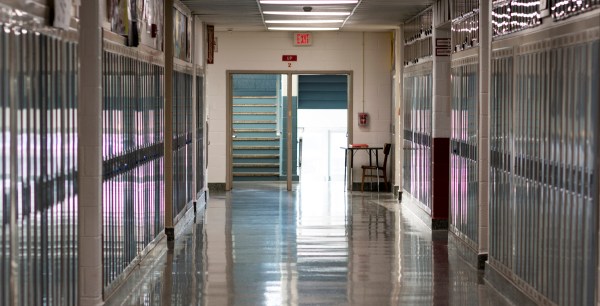Alaska schools might not be ready for online tests

Alaska finds itself in a quandary facing a lot of states these days: The plan is to go fully to online testing in a few years, but there are doubts as whether the state’s school districts have the technology capability to handle it.
Starting this spring, Alaska will abandon its former pencil and paper standardized test in favor of a new electronic one to test the skills of all students in grades three through 11.
Erik McCormick, the director of assessment, accountability and information management for the Alaska Department of Education and Early Development, told the News Miner the department’s hope is to have every school administering the test electronically, but the timeline for doing so is unclear.
Last year, the state administered a test called WorkKeys to the state’s high school students. It was administered successfully to 53 of Alaska’s 54 school districts, but McCormick said some of those districts were not successfully able to test students in all of its high schools.
Those tests did not test elementary or middle school students, so the bandwidth needed to successfully test students in all the grades needed is unclear.
The state will give school districts the option to use standard pencil and paper testing this year if they are not able to administer the tests electronically, an additional cost of about $1.5 million to the state.
In the next several months, the Alaska Department of Education and Early Development plans to test districts throughout the state to determine each school’s capability, McCormick told the News Miner. Schools that cannot meet the requirement now will be required to upgrade their connectivity to the levels needed to administer future tests.
On Friday, the Federal Communications Commission voted to modernize its E-Rate program that provides discounted Internet connectivity to disadvantaged schools across the country. Of note, the commission voted to allocated $2 billion to help the nation’s schools.
At first glance, this seems like it would help Alaska reach its threshold needed to help schools, but according to Valerie Oliver, the E-Rate coordinator with the Alaska State Library, that might not be the case.
Oliver said she is worried about the funding formula, provides money based on a per-pupil and per-square-foot basis. That could be an issue for Alaska, by far the country’s least-densely populated state. Oliver said this change could be a big problem for rural Alaska schools that have only 10 or 20 students.
“You’re going to need a certain number of routers and broadband connections regardless of the size of the consumers you have inside,” Oliver said. “If you’re only going to get $150 per student it isn’t going to carry you too far.”






